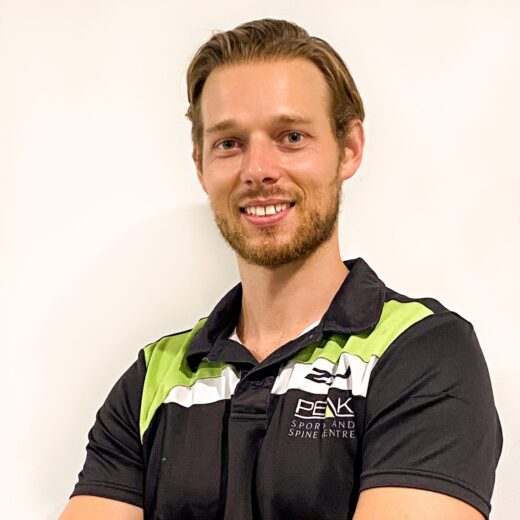
What is Dry Needling?
Dry Needling involves the advancement of an acupuncture-type needle into a myofascial trigger point. A ‘trigger point’ refers to a taut band of fibres within a muscle, that can develop as the body’s natural protective response to an acute injury, prolonged positions, muscular dysfunction, and stress.
The aim of Dry Needling is to achieve a local ‘twitch’ response within these trigger points to subsequently improve muscle function and relieve pain.
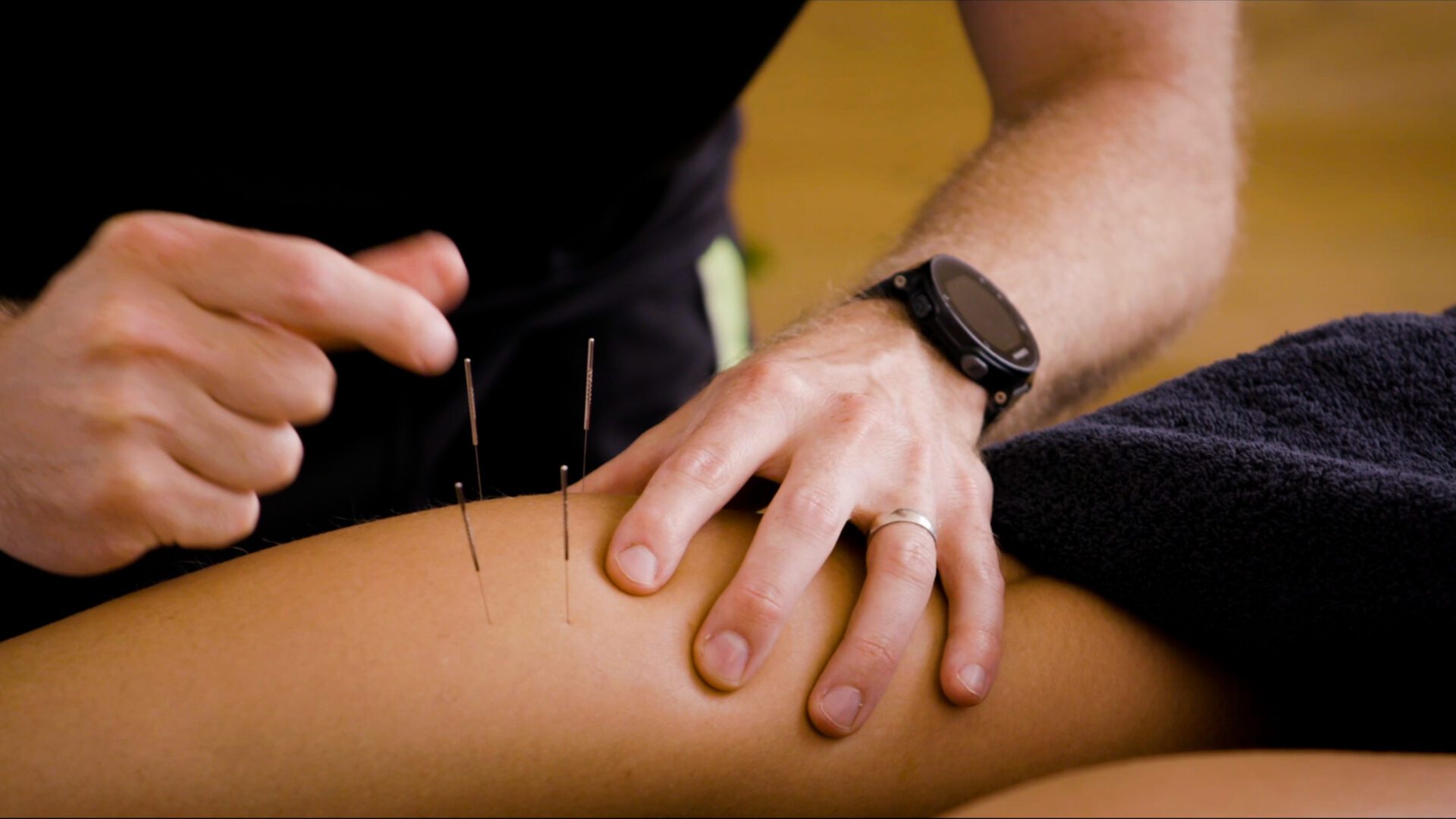
How does dry needling work?
Dry Needling works by directly targeting the neuromuscular system, thereby affecting muscle tightness, joint mobility, and symptoms of pain and irritation. By eliciting a twitch response within a myofascial trigger point, the muscle is able to relax and return to its normal lengthened position. Utilising trigger point Dry Needling in manual therapy practice can allow you a quicker return to strengthening and exercise that results in a faster return to normal function.
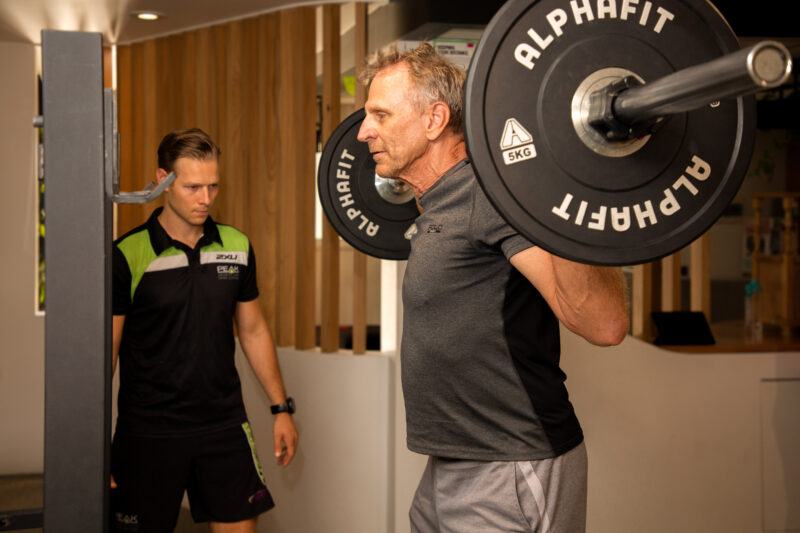
Physiological Effects of Dry Needling
At a physiological level, recent research has reported that there are numerous inflammatory and pain producing chemicals at an active trigger point. This can cause pain within a muscle, affect surrounding joint mobility, and influence our nervous system’s perception of pain. When causing a local twitch response in the active trigger point, the Dry Needling technique has been shown to decrease electrical activity within the muscle and reduce or completely eliminate the irritating chemicals stemming from that active trigger point. This release can immediately improve range of motion, decrease pain and improve function. Patients can feel a strong cramping sensation from the twitch response but then feel an immediate improvement of their symptoms. Additionally, Dry Needling will improve the blood flow to the affected area, permitting helpful nutrients and oxygen to reach the muscle, as well as aiding in the removal of waste products.
Dry Needling Benefits
Patients can experience a multitude of benefits from Dry Needling including, but not limited to
- reduced muscle pain
- improved joint range of motion
- improved muscle recruitment and strength
- reduced stress
- improved sleep and relaxation
When to Use Dry Needling
Dry Needling is a popular treatment technique for a range of conditions. As injuries vary on a case by case basis, your Practitioner will work with you to decide if Dry Needling is the best approach in treating your symptoms.
Back Pain
Acute or chronic lower back pain is a very common condition which can cause significant pain or disability. Dry Needling has been shown to be an effective treatment method for lower back pain, particularly when combined with other treatment techniques. By releasing muscular trigger points in the muscles surrounding the spine, Dry Needling can have significant immediate results for reducing muscle spasm, relieving pain and improving your range of motion.
Neck Pain
Muscle stiffness, fatigue or weakness can be a source of neck pain, for which Dry Needling has shown to be an effective treatment. By releasing active trigger points in the musculature surrounding the neck, Dry Needling can yield significant improvements in range of motion and pain. Additionally, Dry Needling can be extremely beneficial for headaches and migraine type pains, particularly those where tension stems from the neck.
Plantar Fasciitis
Plantar fasciitis is a common cause of foot and heel pain which can result in significant amounts of discomfort and affect your ability to exercise. It is often a result of intrinsic foot muscle tightness and/or weakness, which contributes to the plantar fascia (connective tissue beneath the foot) to become irritated and pull on its bony attachments. Dry Needling to the foot and calf muscles can relieve tension in these muscles, subsequently reducing strain on the plantar fascia and giving you pain relief.
Nerve Pain
Dry Needling can also provide effective relief for nerve-related pain. However, rather than needling the nerve directly, Dry Needling targets the muscles which surround the nerve, allowing it to glide through the tissue with less stress or compression on it.
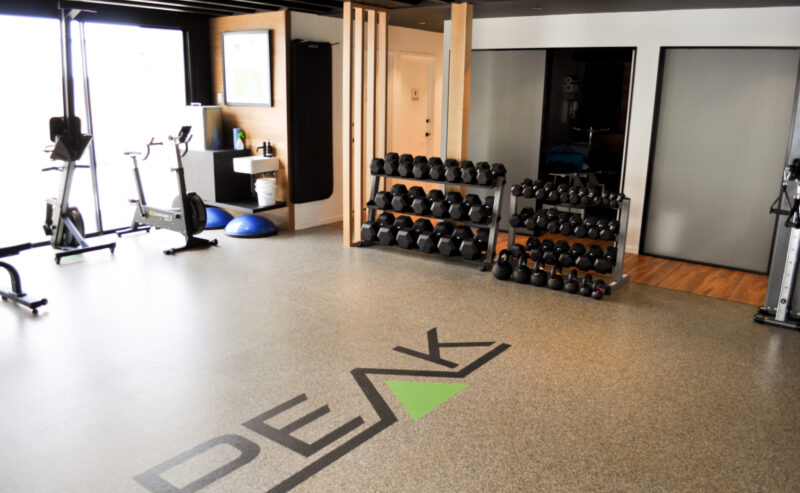
Dry Needling vs Acupuncture
Dry Needling and Acupuncture both use fine filament needles which are commonly referred to as Acupuncture Needles. Where as Acupuncture is a treatment that comes from Chinese Medicine and focuses on restoring ‘Qi’ to the body by placing needles along energy channels called meridians, Dry Needling is a Western approach that uses the same needles to treat the neuromuscular system, and directly affects muscle tightness, joint mobility, and symptoms of pain and irritation.

Meet our Dry Needling practitioners

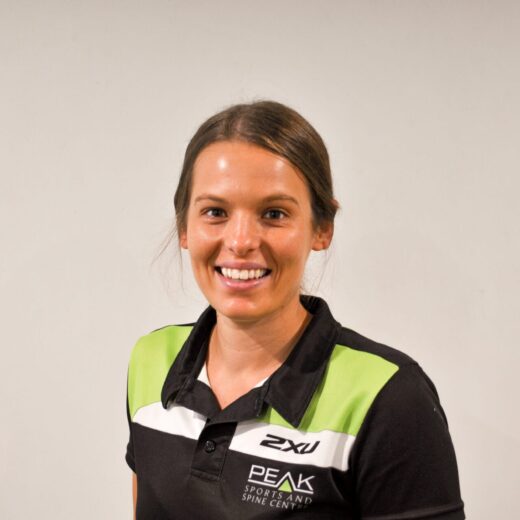
Brittney Trueman
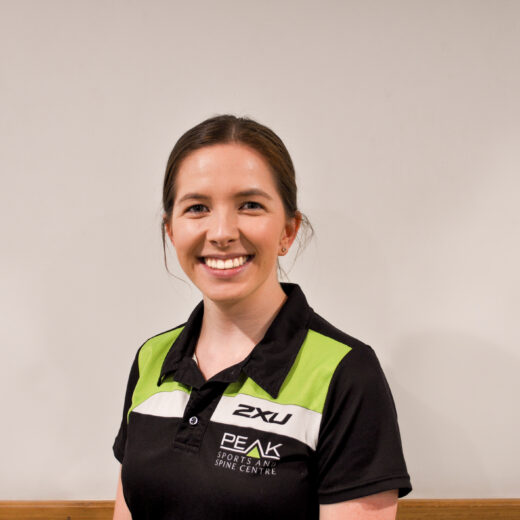
Erica Werner
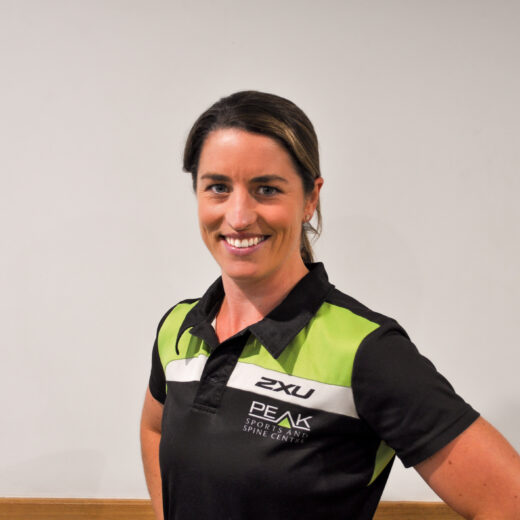
Georgia Kelly (nee Richards)
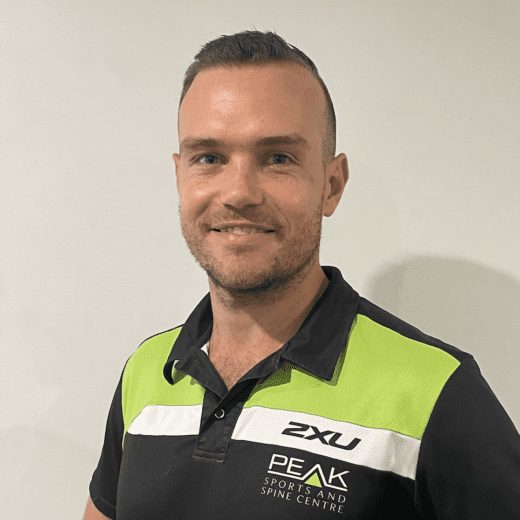
Michael Dawson

Tommy Jarrard
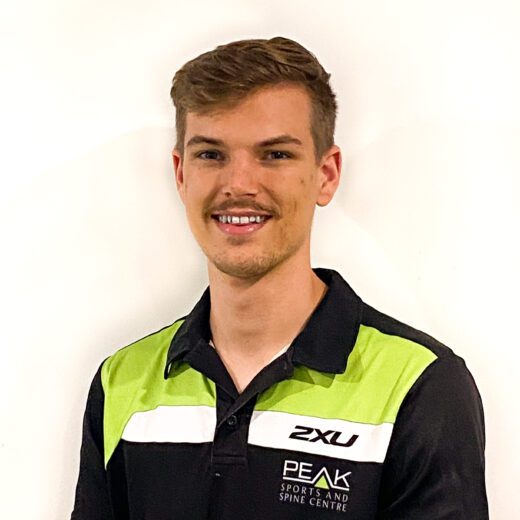
Coen Andrew
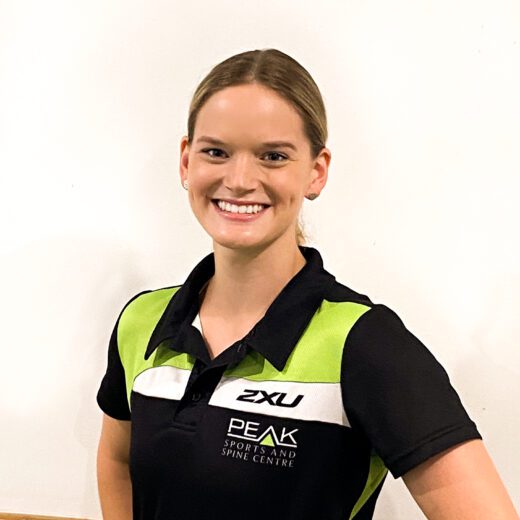
Katie Muscat
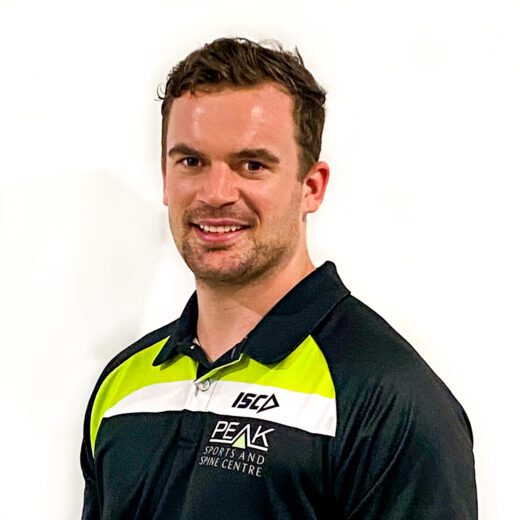
Martin Brennan

Callum MacDiarmid
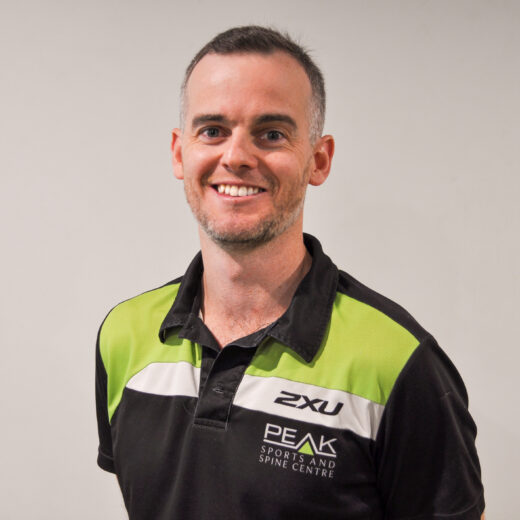
Lachie Stanton
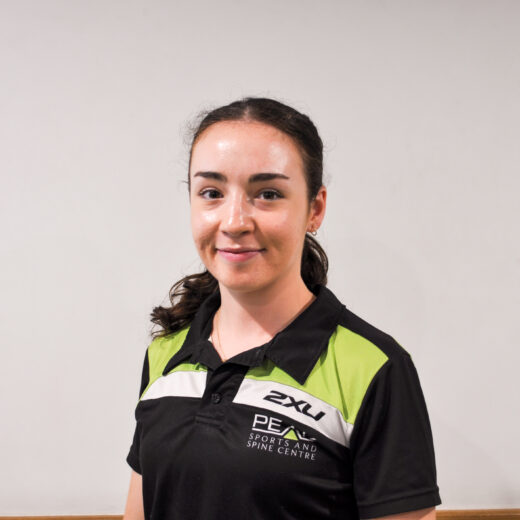
Tia Craig
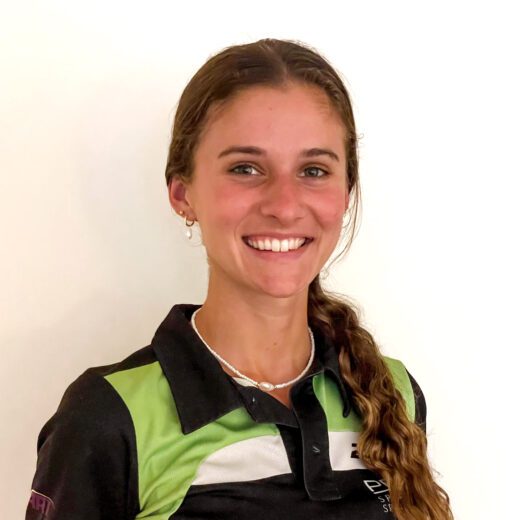
Jasmin Oates

Cameron van Betuw
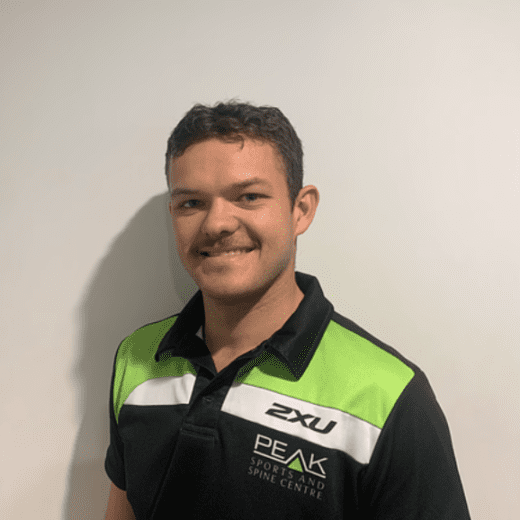
Nathan Denham
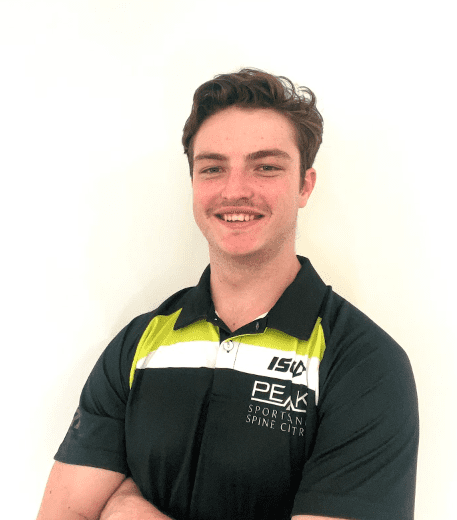
Lleyton Revie
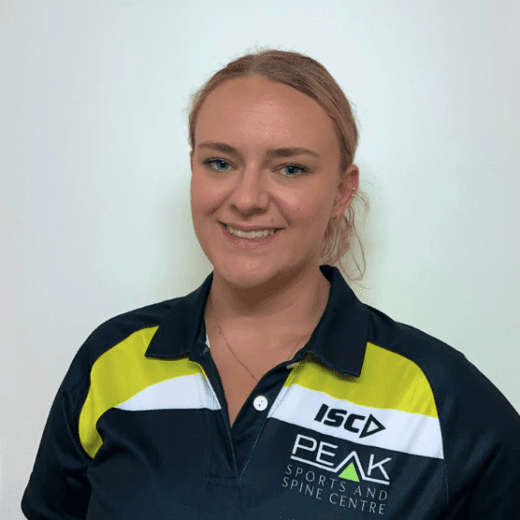
Jasmine Kirk
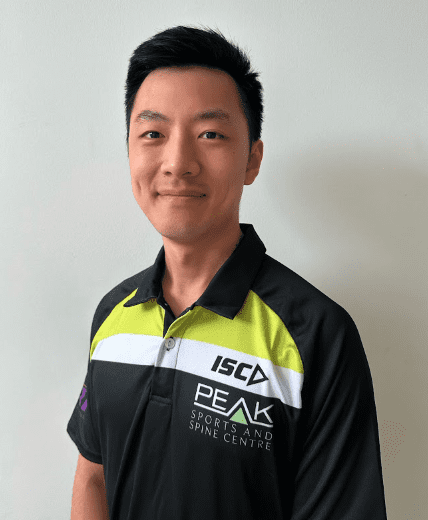
Walter Soodjaithum
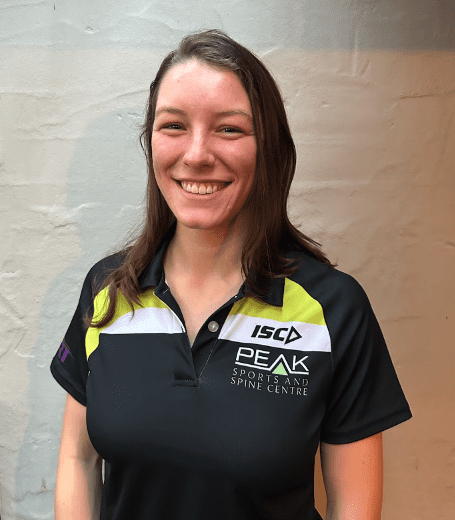
Lelia Weyrich
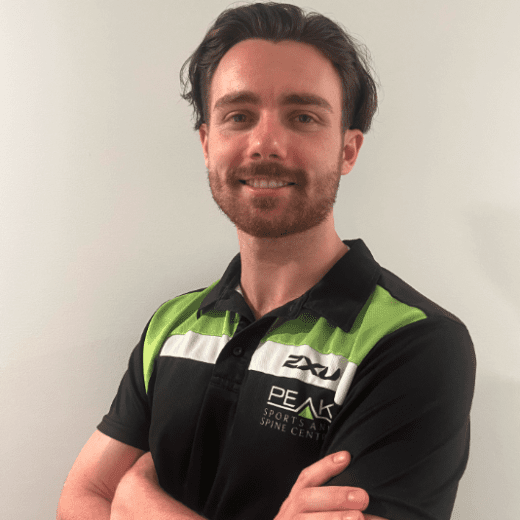
Liam Robertson

Lucas Deer
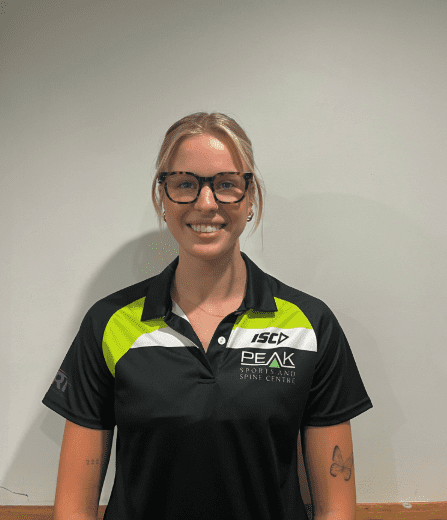
Sophie Dyer
FAQs Frequently Asked Questions
As injuries present in different ways your PEAK practitioner will work with you to decide whether Dry Needling is the most suitable treatment approach for your pain.. Dry Needling often provides effective relief for those in acute pain as well as those with more persistent conditions. Additionally, Dry Needling is useful for patients who perform exercise regularly, as an effective way to maintain joint range of motion and optimal muscle function.
At PEAK, Dry Needling is performed by our Physiotherapy, Chiropractic, Podiatry and Massage Therapy practitioners. All of these PEAK practitioners have completed additional post-graduate training, consisting of competency-based assessments, as well as further internal training to enhance their Dry Needling skill.
Yes. Our Dry Needling service can be included as part of your regular consultation with your relevant PEAK practitioner. As such, provided your Private Health Care will cover for the particular appointment type, you will receive an approved rebate.
The most common side effect is temporary muscle soreness after the treatment. This typically lasts for 24-48 hours, and your PEAK practitioner will instruct you on how to minimise this. There are other less common side effects such as bruising. If you have any questions about side effects, please discuss this with your PEAK practitioner.
The ‘twitch’ response elicited by the needle interacting with the trigger point can create some temporary discomfort. It is important to know that the pain you feel is not from the needle directly, but rather from the trigger point the needle has contacted. It is also common for post-treatment soreness to occur for up to 24-48 hours. This tends to resolve quicker the more Dry Needling you have experienced.
We would recommend refraining from high intensity exercise immediately after your Dry Needling. Doing so will allow your body to recover maximally and give you the best treatment outcome.
While Dry Needling is a safely administered treatment, there are a number of factors that would contraindicate it as a treatment option, which include:
- Vulnerable pathological sites such as varicose veins
- Acutely inflamed areas
- Areas of unhealthy tissue
- Areas of infected tissue
- Poor peripheral circulation for example Vascular Disease
Our locations
Hawthorne
PEAK Hawthorne opened in 2012 and was extended and renovated in 2020. You see the same team whether we see you at Hawthorne or one of our other clinics. Hawthorne offers private treatment rooms and a spacious exercise area incorporating the latest equipment and technology, unrestricted single level access and off-street parking. We also provide HICAPS for real-time private health claiming.
Our locations
New Farm
PEAK New Farm opened in August 2019. You see the same team whether we see you at New Farm or one of our other clinics. New Farm offers private treatment rooms and a spacious exercise area incorporating the latest equipment and technology, unrestricted single level access and off-street parking. We also provide HICAPS for real-time private health claiming.
Let's get started — How can we help?
Physiotherapy
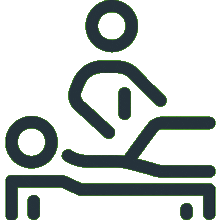
Chiropractic
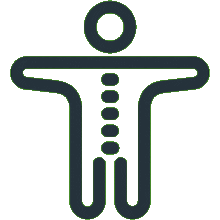
Podiatry
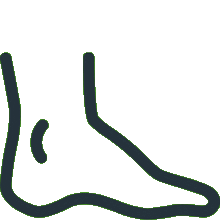
Massage Therapy
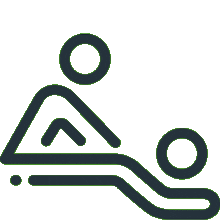
Women's Health Physiotherapy

Running Program Tailored To Your Goals
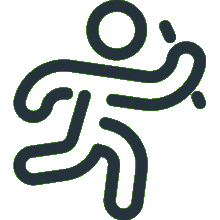
Joint Mobilisation
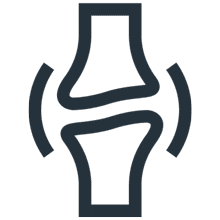
Active Release Technique
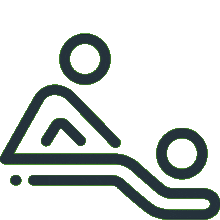
Exercise Prescription
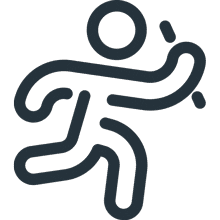
Real Time Ultrasound Imaging
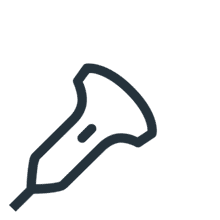
Spinal Manipulation
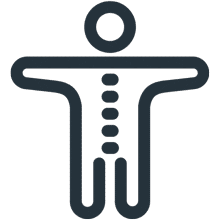
Functional Movement Screen
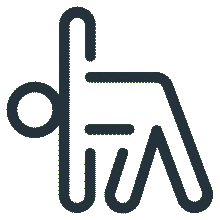
Knee Pain Treatment

Hamstring Strain Treatment
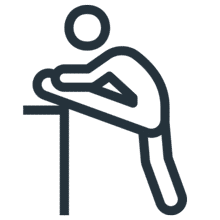
Hip Pain Treatment

Upper, Middle & Lower Back Pain

Neck Pain Treatment

Shoulder Pain & Rotator Cuff Tear

Can't find what you're after?
View all ServicesOr email the PEAK team at info@peakssc.com.au
Hawthorne
- Phone: (07) 3399 3318
- Fax: (07) 3319 6577
Address
5/171 Riding Road,Hawthorne, QLD, 4171 Get Directions
Opening Hours -
6 days per week
- Monday - Friday: 7:00 am - 8:00 pm
- Saturday: 7:00 am - 1:00 pm
To make a booking outside of business hours, please use our form by clicking here.
New Farm
- Phone: (07) 3399 4668
- Fax: (07) 3319 6577
Address
1/15 Lamington Street,New Farm, QLD, 4005 Get Directions
Opening Hours -
6 days per week
- Monday: 7:00 am - 8:00 pm
- Tuesday: 7:00 am - 8:00 pm
- Wednesday: 9:00 am - 8:00 pm
- Thursday: 10:00 am - 8:00 pm
- Friday: 7:00 am - 3:00 pm
- Saturday: 7:00 am - 3:00 pm
To make a booking outside of business hours, please use our form by clicking here.

